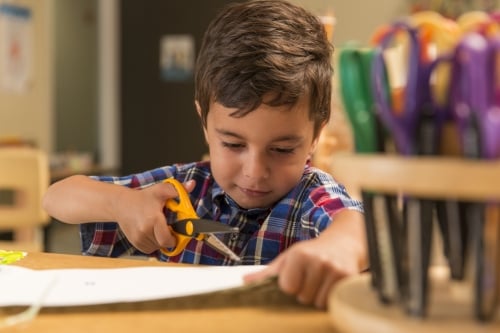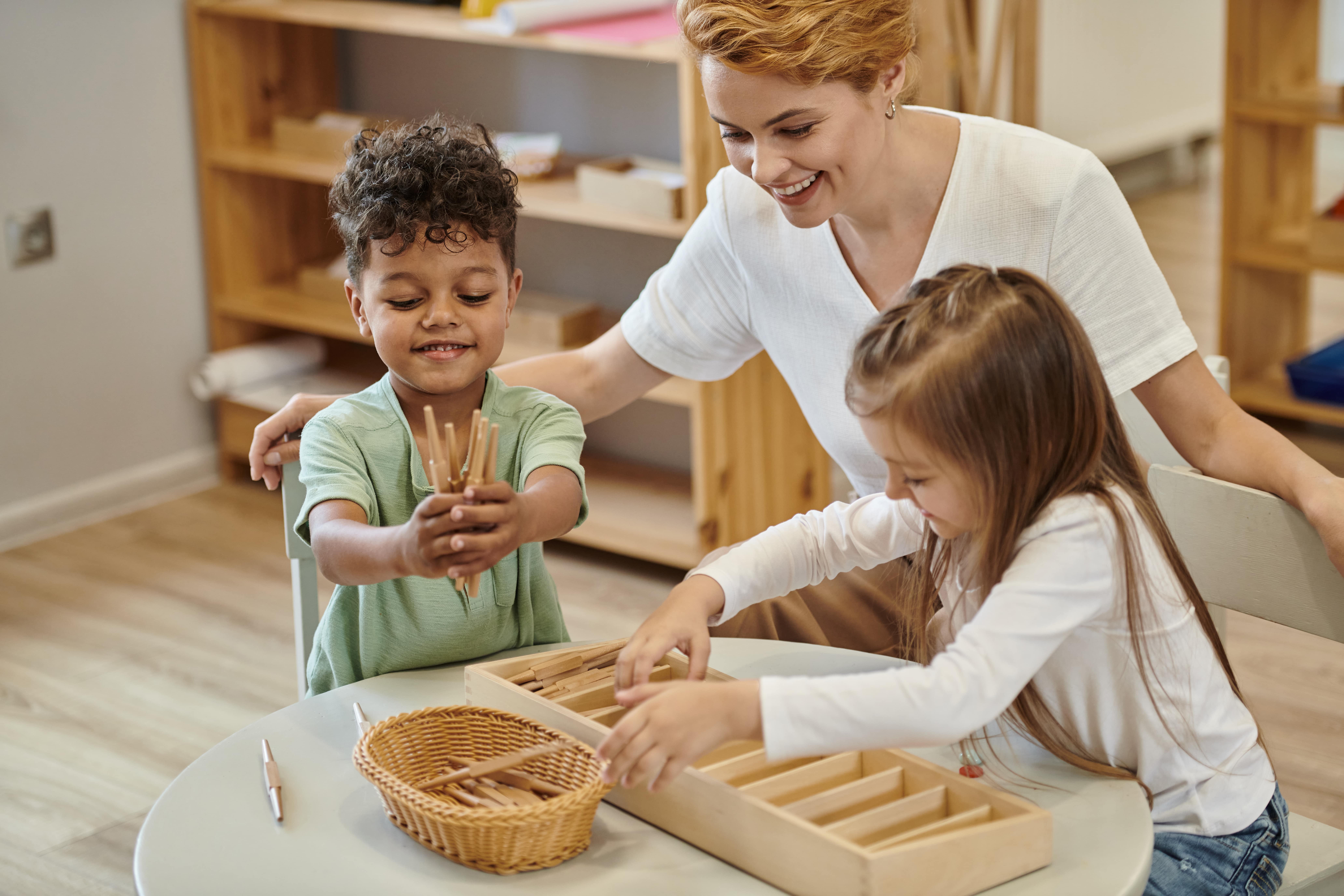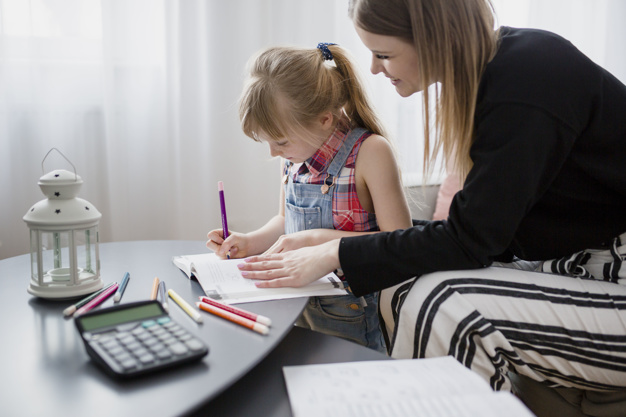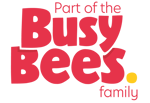What is Montessori education? Here’s a quick introduction and some important Montessori terms you might hear while exploring the Montessori child care centres near you.
As a parent, you want the best for your child, and that includes their education. If you're considering a Montessori early learning education for your child, you may have come across terms and concepts that are unfamiliar to you. To help you navigate this new world, we've put together a glossary of the most commonly used Montessori terms that you'll come across as you explore this educational approach.
Montessori Method: Developed by Maria Montessori, the Montessori method is a child-centered, educational approach that emphasizes hands-on learning, self-directed activities, and collaboration.
Montessori Environment: A Montessori environment is a carefully prepared classroom that is designed to meet the developmental needs of children. This includes Montessori materials, such as manipulatives, that encourage exploration and learning.
Montessori Materials: Montessori materials are specifically designed to support the development of children's practical life skills and cognitive abilities. These materials are usually hands-on and self-correcting, allowing children to work independently and at their own pace.
Practical Life Skills: Practical life skills are everyday activities that children can learn through Montessori materials, such as pouring liquids, sweeping, or buttoning and zipping clothes. These activities help children develop fine motor skills, coordination, and independence.
Sensorial Materials: Sensorial materials are designed to help children explore and understand the world around them through their senses. These materials often have a specific attribute, such as color, shape, or texture, that children can manipulate and explore.
Preparation of the Environment: Preparation of the environment refers to the process of creating a Montessori classroom that is conducive to learning. This includes arranging the classroom and materials in a way that supports children's independence and ability to work effectively.
Mixed-Age Classrooms: Montessori classrooms are usually mixed-age, meaning that children of different ages learn together. This allows older children to serve as role models and mentors to younger children, while younger children benefit from the presence of older, more experienced peers.
Observations: Observations are an important part of the Montessori method. Teachers observe children as they work, making notes about their progress and developmental needs. These observations help teachers tailor their instruction and support to meet each child's unique needs.
Individualized Instruction: Montessori education is based on the idea that each child learns differently. As a result, teachers provide individualized instruction that takes into account each child's strengths, weaknesses, and interests.
Collaborative Learning: Montessori classrooms are designed to encourage collaboration and teamwork. Children are encouraged to work together, share materials, and support one another as they learn.
In conclusion, Montessori education offers a unique and effective approach to learning that empowers children to become confident, self-directed learners. By understanding the terms and concepts associated with this educational approach, you can make an informed decision about whether Montessori is the right choice for your child.
Stay in the know and check us out on social media! Follow BrightPath on Facebook and Instagram for a variety of fun activities and daily inspiration.







